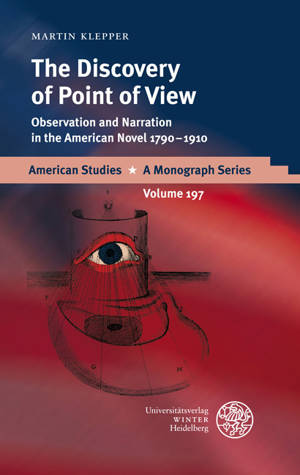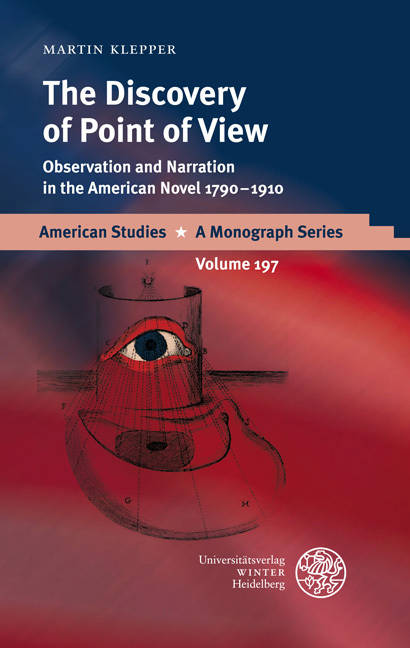
- Afhalen na 1 uur in een winkel met voorraad
- Gratis thuislevering in België vanaf € 30
- Ruim aanbod met 7 miljoen producten
- Afhalen na 1 uur in een winkel met voorraad
- Gratis thuislevering in België vanaf € 30
- Ruim aanbod met 7 miljoen producten
Zoeken
The Discovery of Point of View
Observation and Narration in the American Novel 1790-1910
Martin Klepper
€ 53,45
+ 106 punten
Omschrijving
The nineteenth century, like no century before or after, witnessed a revolution in narrative devices differentiating perspective and focalization. While narratives of the 1790s were all but dominated by either strictly authorial, confessional or epistolary formats, the entire gamut of modernist techniques had evolved by 1910: interior focalization, figuralization and reflectorization, stream of consciousness, unreliable narration, the dual voice. This book explores the reasons for this development, drawing on Niklas Luhmann's theory of second-order observation and the historical changes in visuality and spectatorship. It historicizes the emergence of point of view as a central narrative technique and as theoretical concept in literature, but also in philosophy, physiology, optics, psychology and sociology. From the rise of the novel in England it traces the sources and modes of complex literary perspectives through Romanticism and the American Renaissance to the modernist novels of Henry James.
Specificaties
Betrokkenen
- Auteur(s):
- Uitgeverij:
Inhoud
- Aantal bladzijden:
- 419
- Taal:
- Engels
- Reeks:
- Reeksnummer:
- nr. 197
Eigenschappen
- Productcode (EAN):
- 9783825358549
- Verschijningsdatum:
- 1/03/2011
- Uitvoering:
- Hardcover
- Formaat:
- Genaaid
- Afmetingen:
- 134 mm x 210 mm
- Gewicht:
- 721 g

Alleen bij Standaard Boekhandel
+ 106 punten op je klantenkaart van Standaard Boekhandel
Beoordelingen
We publiceren alleen reviews die voldoen aan de voorwaarden voor reviews. Bekijk onze voorwaarden voor reviews.











